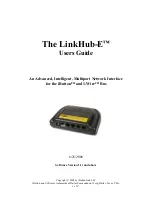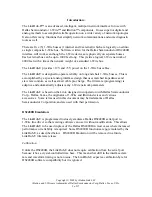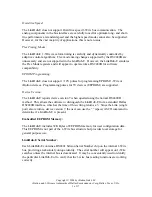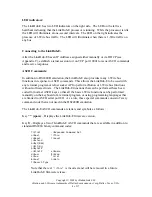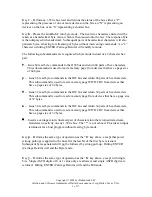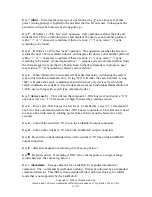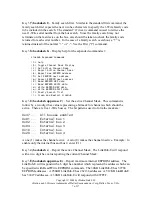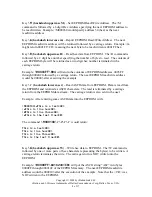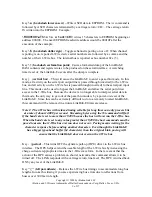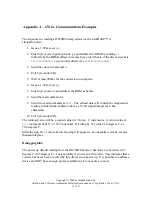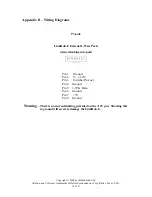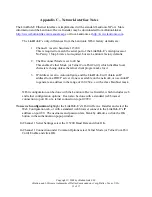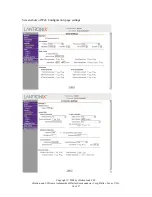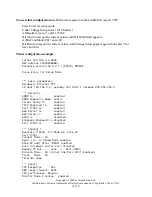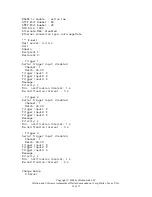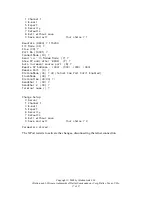
Overdrive Speed:
The LinkHub-E does not support Overdrive speed 1-Wire bus communication. The
analog components in the bus interface are carefully tuned for optimum long- and short-
line performance at standard speed and the higher speed mode cannot also be supported.
However, for the vast majority of applications, this is not an issue.
Flex Timing Modes:
The LinkHub-E 1-Wire waveform timing is carefully and dynamically controlled by
adaptive control algorithms. Flex mode timing changes supported by the DS2480B are
unnecessary and are not supported in the LinkHub-E. However, the LinkHub-E emulates
the Flex Mode registers and will appear to operate like a DS2480B for software
compatibility.
EPROM Programming:
The LinkHub-E does not s12V pulses for programming EPROM 1-Wire or
iButton devices. Programming pulses for 5V devices (EEPROM) are supported.
Device Version:
The LinkHub-E reports device version 7 when queried using the normal DS2480B
method. This allows the software to distinguish the LinkHub-E from a standard Dallas
DS2480B interface, which at the time of this writing returns a 3. Since the Link (single
port) also returns a device version 7, the user can use the “ ” (space) ASCII command to
determine if a LinkHub-E is present.
Embedded EEPROM Memory:
The LinkHub-E includes 32K Bytes of EEPROM memory for user configuration data.
This EEPROM is not part of the 1-Wire bus structure but provides local storage for
general purpose use.
LinkHub-E Serial Number:
Each LinkHub-E contains a DS2401 Silicon Serial Number chip on the internal 1-Wire
bus, providing an absolutely unique identity. The serial number will appear on 1-Wire
searches unless the internal bus is deactivated. It may be conveniently used to identify
the particular LinkHub-E or to verify that the 1-wire bus reading functions are working
correctly.
Copyright © 2008 by iButtonLink LLC
iButton and 1-Wire are trademarks of Dallas Semiconductor Corp, Dallas, Texas, USA.
3 of 17

